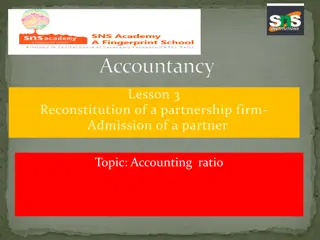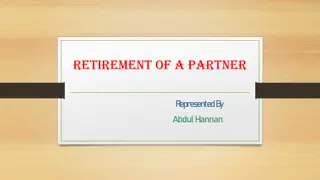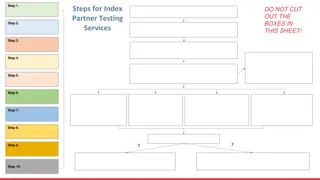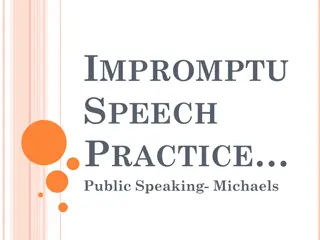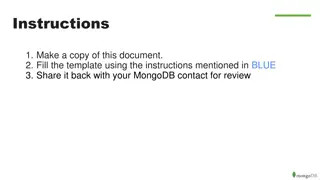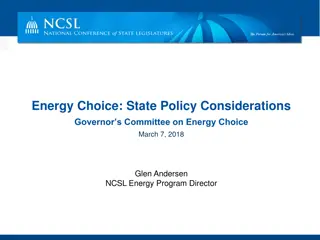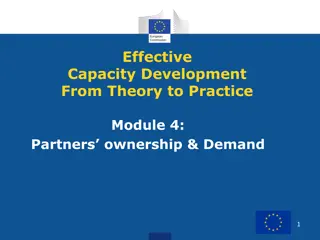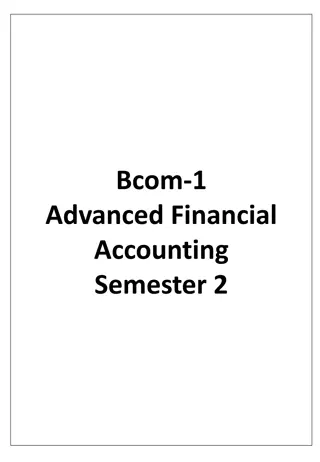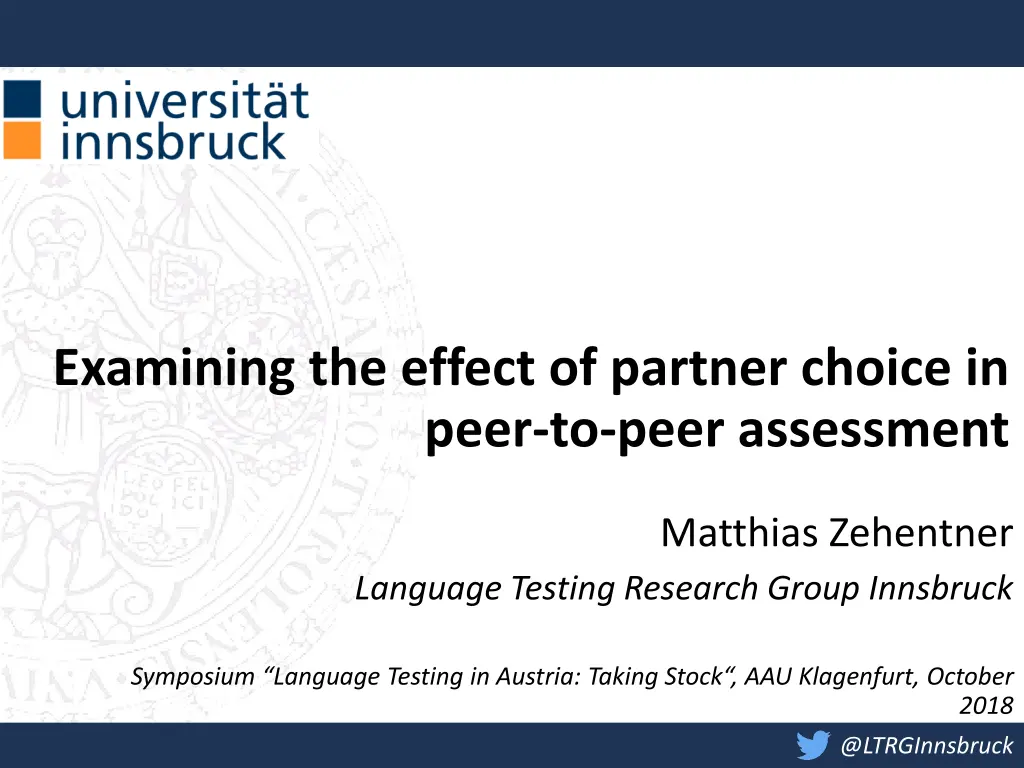
Effect of Partner Choice in Peer Assessment Study
Explore the impact of allowing students to choose their partners in peer assessment for language testing. Results indicate marginally higher scores with chosen partners, based on students' classroom experiences, and a preference for peer discussions over teacher-led ones.
Download Presentation

Please find below an Image/Link to download the presentation.
The content on the website is provided AS IS for your information and personal use only. It may not be sold, licensed, or shared on other websites without obtaining consent from the author. If you encounter any issues during the download, it is possible that the publisher has removed the file from their server.
You are allowed to download the files provided on this website for personal or commercial use, subject to the condition that they are used lawfully. All files are the property of their respective owners.
The content on the website is provided AS IS for your information and personal use only. It may not be sold, licensed, or shared on other websites without obtaining consent from the author.
E N D
Presentation Transcript
Examining the effect of partner choice in peer-to-peer assessment Matthias Zehentner Language Testing Research Group Innsbruck Symposium Language Testing in Austria: Taking Stock , AAU Klagenfurt, October 2018 @LTRGInnsbruck
Benefits of peer discussion formats More authentic than oral proficency interviews (Ducasse & Brown, 2009) Wider range of language functions and roles (Galaczi, 2008) Closer to classroom practices (Ockey, 2009) Creates positive washback (Ockey, 2009) More symmetrical (Davis, 2009) Less intimidating (Egy d & Glover, 2001) 2 https://www.uibk.ac.at/fakultaeten/soe/ltrgi/index.html.en
Drawbacks of peer discussion formats Creates potentially unfair variance (O Sullivan, 2002) Interlocutor characteristics Proficiency (Cs pes, 2009) Familiarity (O Sullivan, 2002) Personality (Gan, 2011) Test-takers should choose themselves 3 https://www.uibk.ac.at/fakultaeten/soe/ltrgi/index.html.en
Research Questions and Methods (R1) Do students achieve higher scores if they are allowed to choose their partner for the paired speaking test? (R2) What is the basis of test-takers choice? (R3) What are the test-takers opinions about the paired speaking exam? 80 students (45 f, 35 m) Performances double-rated Pre and post questionnaires 4 https://www.uibk.ac.at/fakultaeten/soe/ltrgi/index.html.en
Results R1: insignificantly higher scores for students with chosen partners R2: students based choice on past experiences in classroom R3: students prefer peer discussions to teacher-led discussions 5 https://www.uibk.ac.at/fakultaeten/soe/ltrgi/index.html.en









